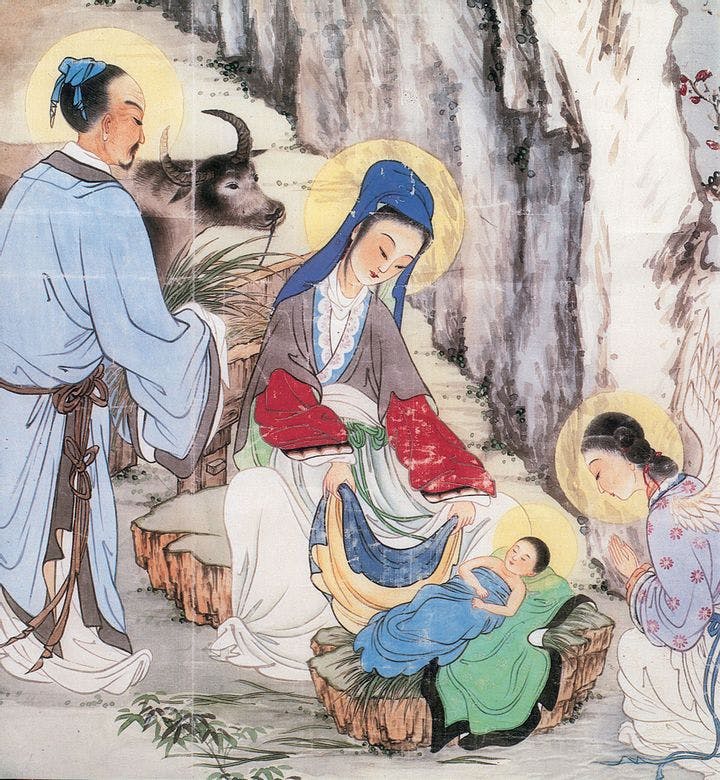Spring 2011
Asia's Religious Renaissance
– The Wilson Quarterly
Intriguingly, it’s not a return to old-time religion but an explosion of religious movements that are distinctly modern in character.
Defying a century of predictions that East and Southeast Asia would become increasingly secular in an age of modernization and globalization, these regions are in the grips of a religious resurgence. Intriguingly, it’s not a return to old-time religion but an explosion of religious movements that are distinctly modern in character. They tend to be laity based, to be receptive to leadership by women, and to preach a path to material wealth, observes Robert W. Hefner, director of the Institute on Culture, Religion, and World Affairs at Boston University.
One of the most dramatic arrivals is El Shaddai, an officially Catholic but Pentecostal-flavored movement with millions of members in the Philippines. Its typically very poor adherents are promised “wealth in magical exchange for tithing donations to the ‘treasure boxes’ so prominently displayed at El Shaddai’s five-to-10-hour prayer rallies.” Followers chant the slogan “I am rich! I am strong! Something good is going to happen to me!”
In Thailand, the Buddhist Dhammakâya Temple near Bangkok has attracted throngs of middle-class Thais using similar messages and slick advertising. But like many of Asia’s religious innovators, the temple is not concerned only with material well-being. It upends tradition by giving ordinary followers access to the forms of meditation once monopolized by monks. In a world in flux, says Hefner, institutions such as the Dhammakâya Temple offer people “confidence and moral security.”
Of all the religious resurgences, China’s has been the “most startling,” in light of the aggressively secular state there. A generation after the “ ‘superstition’-smashing calamities” of the Great Leap Forward and the Cultural Revolution, tens of millions of Chinese have become practicing Buddhists, several hundred million observe ancestral and temple rites, and perhaps as many as 60 million consider themselves Christian. Women are disproportionately represented in the leadership of lay Buddhist associations, new Christian groups, and neo-traditionalist temple worshipers.
Even Islam, a religion that has historically shared little common ground with Western capitalism, has in Asia been revived with a market-friendly flavor. In Indonesia, Islam de marché (or market Islam) has arrived, borrowing freely from American Protestant evangelicalism. One of its stars is Craig Abdurrohim Owensby, an American convert to Islam who was a Protestant preacher and worked with Moral Majority leader Jerry Falwell before he made a fortune in Indonesia selling subscriptions to cell phone messages from the Qur’an.
Instead of destroying religious faith, globalization and modernization have created new needs among those whose lives have been changed, Hefner concludes, and religious entrepreneurs have succeeded by answering their call.
* * *
The Source: "Religious Resurgence in Contemporary Asia: Southeast Asian Perspectives on Capitalism, the State, and the New Piety" by Robert W. Hefner, in The Journal of Asian Studies, November 2010.
Photo courtesy of Flickr/Elmer Anthony
